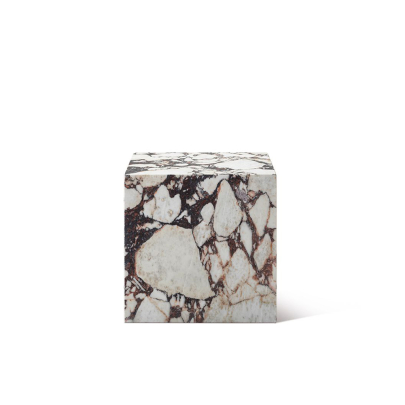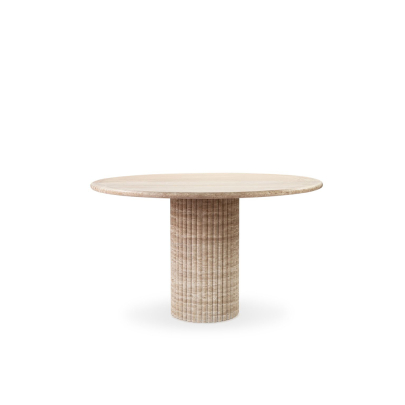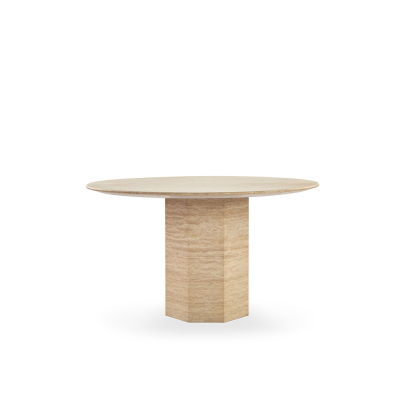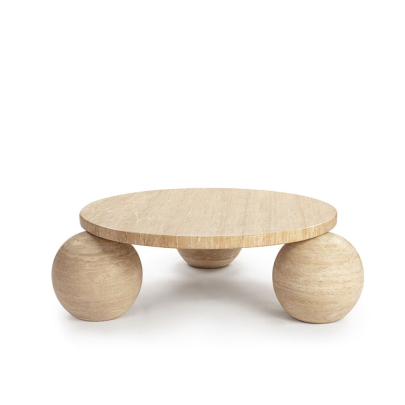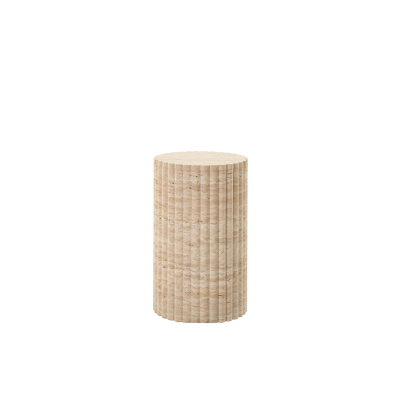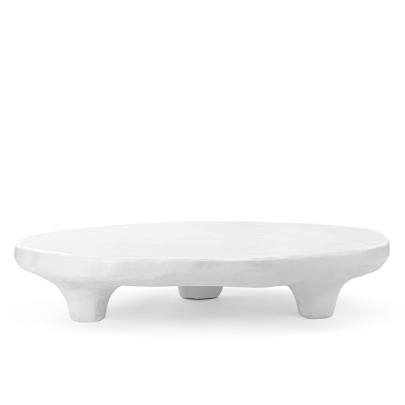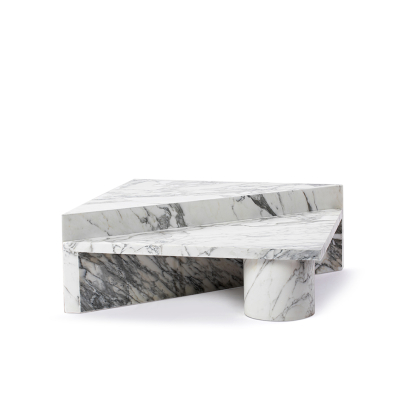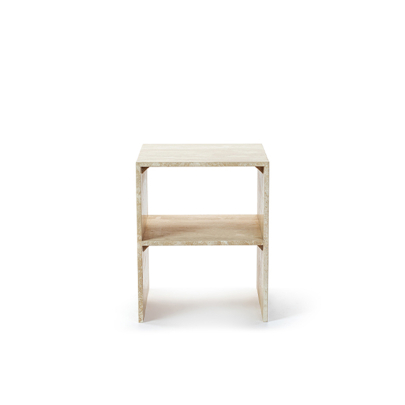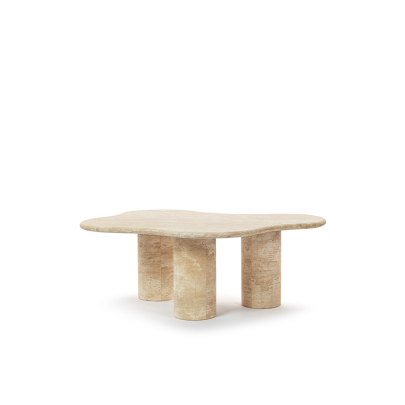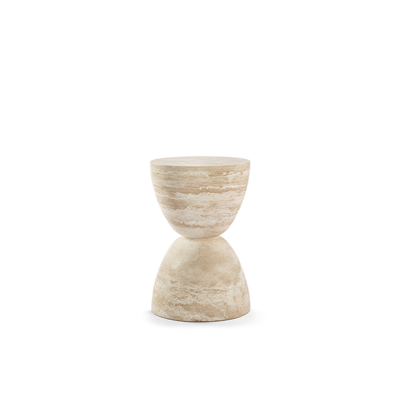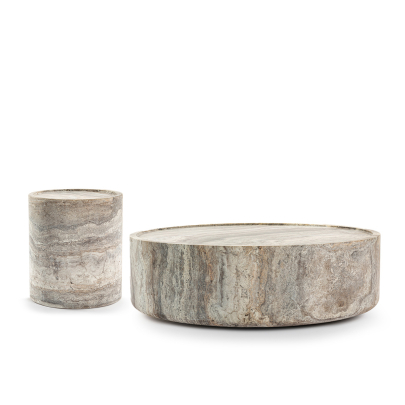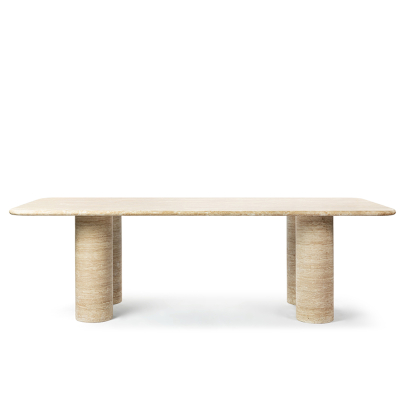
There are many aspects that characterize furniture of certain eras, but nothing can be more prominent than the legs. They always tell a story and can even become the trademark that defines the furniture highlights of an era.
The mid-century modern timeline is one of the most iconic time periods of the twentieth century. It features furniture that is bold, beautiful, simple, and artistic. However, it can be summed up in a few leg styles – a collection of some mainstream designs that have led to the craftsmanship of many trailblazers of that period. Let's take a look at some of them:
Mid Century Modern Furniture Designs.
1. Straight legs
This is the type of mid-century furniture legs that are associated with stark modernism. They complement tables that are almost minimalist in their styling. They have a square footprint, a thin body, and are pin straight. A good example of it would be the Corbusier Glass Dining Table by Le Corbusier.
As far as styling such table legs is concerned, you can feature them in a contemporary-modern ambiance. You can find simple straight legs on a wicker bench. Since they're effortlessly simple, they'll help emulate an aura of unprecedented austerity within the space. If these legs belong to a large table, then you can pair them with a tuxedo style sofa or stylistic accent mid century modern chairs to create a nice visual contrast.
2. Pedestal legs
Conceived by Eero Saarinen in his masterpiece of a tulip table, the pedestal leg base has since then become a phenomenon. The basic concept of this mid-century furniture leg was to get rid of the clutter that comes with pairing typical table legs with chairs. Therefore, Saarinen designed it to be as smooth, uninterrupted, and sleek as possible.
Today, you can find many variations of the pedestal table leg. From coffee tables, side/end tables to large dining tables, there are lots of designs that follow the blueprint of Saarinen's original creation. Although they vary in material and craftsmanship, the general gist of it remains as stylish, confident, and smooth as ever.
Note that the pedestal leg only looks best with round or elliptical table tops. It actually loses its grace when paired with square or rectangular counterparts. You'll mostly find this table leg and top style in achromatic colors, which always enhance the grace of the style.
3. Arched tapered legs
This type of mid-century furniture leg features an L-section, where the very top of the frame tapers into a recessed rounded arch. Alternately, you can also find it in a bracket inspired design, where the joint of the leg is wide-set while the rest of it remains equally slim and slender all the way to the base. It's simple yet stylish at the same time.
Depending on how you articulate this mid-century leg style, it can seem modern or vintage. The unadorned beauty of this leg style is known for being trendy but approachable. It can be found in end tables, dining tables, night stands, old-school office desks, or even coffee tables. The proportions matter a lot here, and you also need to be very cognizant of the joinery.
This leg type would look pretty great with a square or rectangular top. It can be crafted in both wood as well as metal, depending on your needs and the kind of aesthetic you want to follow.
4. Needle-point tapered legs
These are some of the most commonly found style of mid-century furniture legs that you'll ever come across. They're usually articulated in light-textured wood like oak or rubber. They start of thin and pin-straight at the top and gradually turn into sharp points at the bottom.
The beauty of these types of mid-century style furniture legs is that they don't have a lot of girth, so they look pretty amazing under heavy topped square/rectangular tables and sofas. This style is found in coffee tables, end tables, and even dining tables sometimes even sofas and work vintage work desks.
As far as the overall aesthetic of these legs is concerned, it leans more towards the vintage side. Therefore, if you want to bring furniture like this into your spaces, then make sure that the surroundings are retro enough to complement it.
5. Cone-shaped tapered legs
These are one of the most stylish mid-century furniture leg style that you'll ever come across. They are also quite commonly used these days. They comprise of a cone-shaped elongated form that tapers in an angular shape in an outward direction and is sometimes even outfitted with a metal capping at the base for extra protection.
This type of furniture leg is found in sofas, coffee tables, end tables, and dining tables. It's incredibly trendy and everyone wants a piece of it. This leg style can be found in mid-century masterpieces like the Swoon Chair or the Papa Bear Chair.
These legs are usually made out of authentic wood mostly oak or rubber. This ensures excellent stability and sturdiness on the whole. The amazing versatility of this leg style also means that it can complement any type of finish be it a walnut one with a round-edged dining table top or a light wood one with a Biloxi blue sofa upholstery to complement it.
Extremely timeless and able to be featured in all sorts of interior design styles, this mid-century furniture leg style is definitely a great options for homeowners who always want to remain ahead of their time.
6. Gateleg style
This is another classic mid-century furniture leg style that you can find in old-school pieces. It's got that vintage vibe that's highly characteristic of initial pieces. It's also got that understated geometric vibe, but is always articulated in a simple to understand fashion.
The gateway leg style is often used in foldable pieces, so it can either be articulated in wood or metal. The joinery is pretty important and you must also look at the general sturdiness of the design if you like a furniture piece with this leg style.
It's most commonly used in vintage or retro style interior design themes. It can look pretty stylish in a contemporary or eclectic interior design as well.
7. Cross-shape base style
Seeped in tradition, the cross-shaped mid-century furniture leg style is another total classic. In fact, it's become so well known that it's a highly recognized part of this particular aesthetic. It consists of a literal X-shaped base with four legs providing it structural stability. This leg style is most commonly used in coffee tables, end tables, and sometimes, dining tables. They're paired with either round, polygonal or sometimes square shaped tops.
This mid-century furniture leg style is usually articulated in wood because that complements the charisma of this style quite wonderfully. You can also complement the base texture with stone tabletops if you want to lean into the contemporary or transitional style.
This table leg style has now become very commonplace, so you can easily feature it in lots of interior design styles without it looking out of place. Through it has mid-century origins, it has now become universal!
8. Curve legs
This mid-century furniture leg style is most commonly found in chairs office chairs, dining chairs, accent chairs, etc. The styling is usually carried out in a way where the front legs of the chair are simple and straight, but the backrest and legs converge into a single, sculptural form that features a gentle arc of a curve. This is to ensure that the chair has the perfect lean and balance two very important characteristic of ergonomic furniture.
This type of mid-century furniture legs can ramp up the efficiency of most chairs. Although applicable to all sorts of chairs, it’s generally found in dining chairs the most, but if you're looking for an original mid-century style reference, then the Tom Dixon Wingback Chair is the best one. Its legs might be on the short side, but the overall proportions come off as totally regal. Another good example is the Guscio Soft Armchair.
It's best that you pair this furniture leg type with a table that either complements or highlights the curved back. A pedestal leg table would be a good option, but farm-house style trestle-legged dining tables are also a pretty good alternative.
9. Boomerang Style
This mid-century furniture leg style is another one that takes leave from the conventional aesthetic and delves into the atypical. The side-view of such table legs mimics the form of a boomerang – thus the name. The tabletop is most definitely cantilevered and consists of a mirrored center. The taper of the lower half is usually utilized in the form of a shelf for magazines. These mid-century style legs are generally fashioned out of wood, which evokes them with a vintage charisma.
The almost sculptural formation of these tables is pretty stylistic and would make an excellent focal point in contemporary spaces. They're crafted in the form of end tables and coffee tables. Anything larger would un-balance the cantilever of this style. These days, you can even find a small planter shelf that's designed at the very corner edge of the table. People put tiny planters in it to complement the earthiness of the wooden design.
This table leg style would best go with vintage-modern, eclectic, and contemporary style interior design themes.
10. Pin metal legs/hairpin rod style legs
the hairpin rod is another popular mid-century modern furniture leg style. It's typically made out of thin metal rods that are curved like the top of a bobby-pin at the base. They're incredibly stylistic, trendy, and timeless. Even though they were conceived many, many years ago, they're still relevant in today's interior design scene.
The great thing about hairpin rod style legs is that they don't have much volume. They're usually attached to a heavy square-shaped tabletop that can become the focal point of a space. This leg style really complements mid century modern coffee tables, end tables, and even dining tables.
These days, hairpin style mid-century legs are most commonly paired with live-edge tables. Their thin rod-like form really goes well with the artful aesthetic and rough edges of such tables. Since they're also pretty understated, these legs let the strategic roughness of such furniture take center stage. Other than that, they can also be paired with coffee and end tabletops that are at least 1.5 thick or have a built-in shelf.
11. The swivel-base style
This mid-century furniture leg style was first conceived by Ray and Charles Eames in their iconic Eames Lounge Chair, and from there it took off like a hot concept. The sheer balance, maneuvering, and artful quality of this chair belies excellent ergonomics and an officious look that is well loved in contemporary commercial settings even today.
If you're looking for a true mid-century articulation of this leg style, then you won't find anything better than the Eames Lounge Chair. The relaxed quality, casual charm, and sculptural form of this chair goes really well with the base. Even today, aside from typical office chairs, this is definitely one of the most timeless accent chair investments that you can ever opt for.
Other than that, you can also find this leg style in the Saarinen Executive Chair and Arne Jacobson's Egg Chair. Then there are some great translations of this aesthetic in the Swan Loveseat and Husk Chair Low Back. Characterized by clean lines, elegance, and a to-the-point but highly stylish visuals, this is definitely a mid-century furniture leg style that has stood the tests of time.
So, these are some major mid-century furniture leg styles, their characteristics, and all the different ways that they can be used in interior designs of today. You'll notice how most of them are still pretty relevant and able to commandeer attention to themselves despite the other characteristics of the furniture that they're attached to.
We hope that you can get a gist for their artistry and ergonomics, and decide which one suits your aesthetics the best.

